If you happen to live in an area where chipmunks and squirrels call home – you probably know just how difficult it can be to protect your tulip bulbs from being dug up, moved, or devoured!
These marauding little animals may seem quite cute, but they can cause serious damage to gardens and flowerbeds. Especially when it comes to digging up tulip bulbs in the fall.
Unfortunately, the fall planting of tulip bulbs happens to coincide at exactly the same time squirrels are beginning to prepare for winter. And nothing makes a more delicious meal than an easy to find tulip bulb.
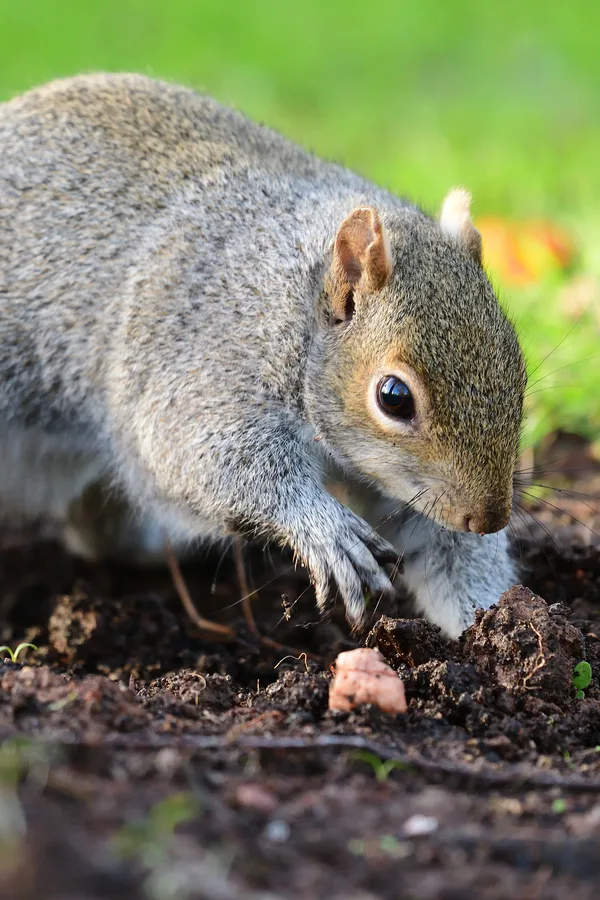
Not to be outdone, chipmunks are just as happy to dig and take a nibble of bulbs as well. One thing is for sure, it can certainly lead to a lot of autumn frustration for gardeners!
But thankfully, there are a few tried and true methods to keep squirrels and chipmunks from destroying your fall planting. And today, we look at 3 in particular that are among the most effective.
How To Protect Tulip Bulbs From Squirrels & Chipmunks
Depending on how populated and aggressive the squirrels and chipmunks in your particular area are, there are several methods and tricks that work wonders in protecting your tulip bulbs. The more active they are, the more you may need to increase protection.
However, no matter what method below you try, there are a few things you can do right from the start that can deter them from unearthing newly planted bulbs.
For starters, always tamp down the soil as soon as you plant and cover with mulch. Bare soil is an open invitation for squirrels, chipmunks and even opossum to dig for treasure.
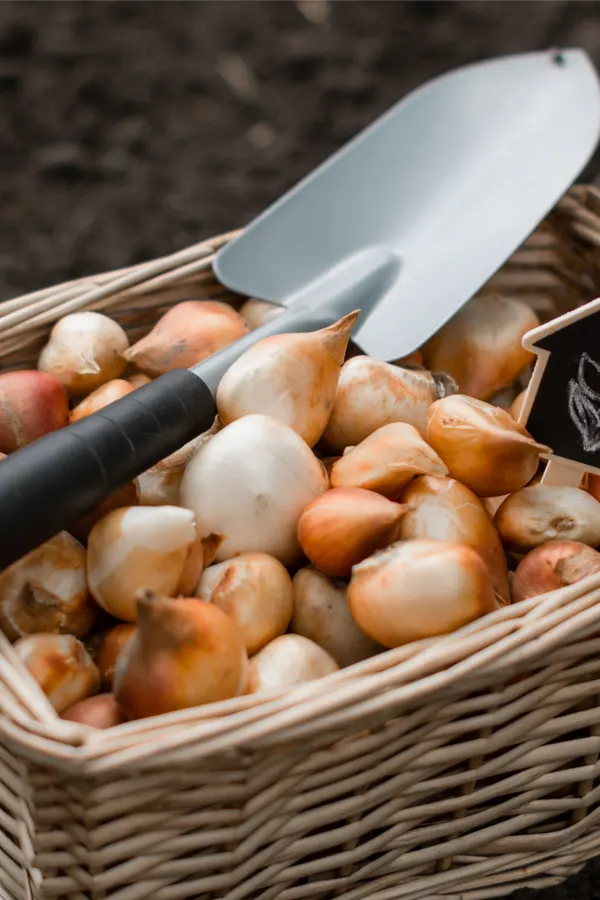
In addition, although fertilizing can help bulb growth and flowering, it also attracts pests. If you live in an area where squirrels and chipmunks are prevalent, it is best to skip adding bone meal or fertilizer.
With those starter tips in mind, here are 3 great methods you can use to keep your tulip bulbs safe this fall.
#1) Planting Bulbs With Gravel – How To Protect Tulip Bulbs
Squirrels and chipmunks are not fond of gravel. Especially when they have to dig through it to get to a food source. And that can be used to your advantage when planting tulip bulbs.
One of the best ways to keep your bulbs safe without a lot of extra hassle is to plant them with pea gravel. Simply dig your holes as usual, and then surround the bulbs with a half inch or so of gravel. Then, fill the remainder of the hole with dirt, tamp down, and mulch.
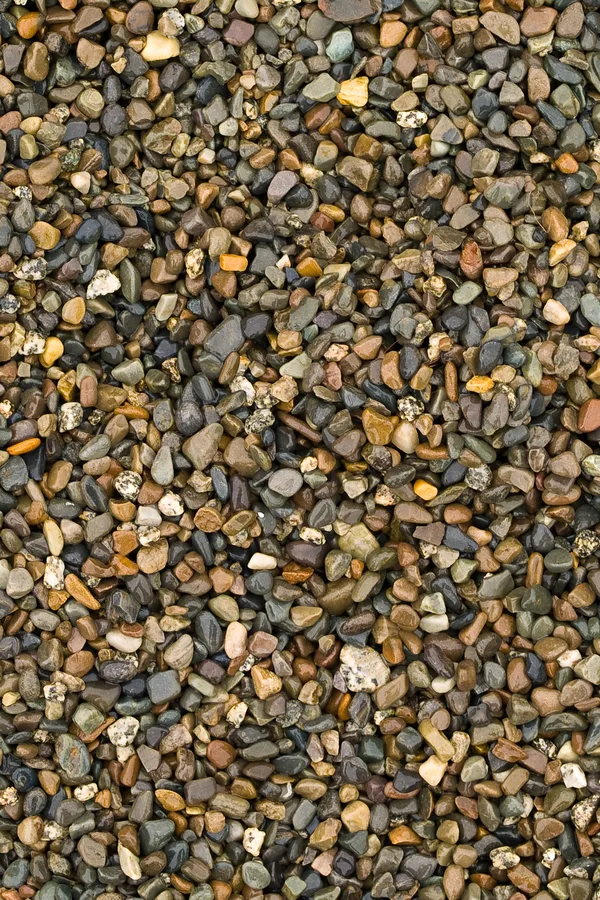
When the squirrels and chipmunks dig down into the soil and encounter the rock, it is usually not worth their time and effort. And the rounded form of pea gravel also doesn’t harm the bulbs.
In addition to protecting against damage, the rock has an added benefit. Tulip bulbs can often suffer from rot when they are in the ground as the cool, and wet fall season can take a toll on bulbs.
But the gravel help to provide instant drainage and actually helps keep rot at bay. In addition to using rock in the holes, many gardeners also cover the soil on top with rock as a mulch as an added deterrent.
#2) Companion Planting – How To Protect Tulip Bulbs
Another popular and effective way to keep pests from digging up your bulbs is by planting them with or near plants that both squirrels and chipmunks detest.
Much like companion planting in the garden that can deter insects and animals, you can plant your tulip bulbs near other plants that squirrels and chipmunks don’t like.
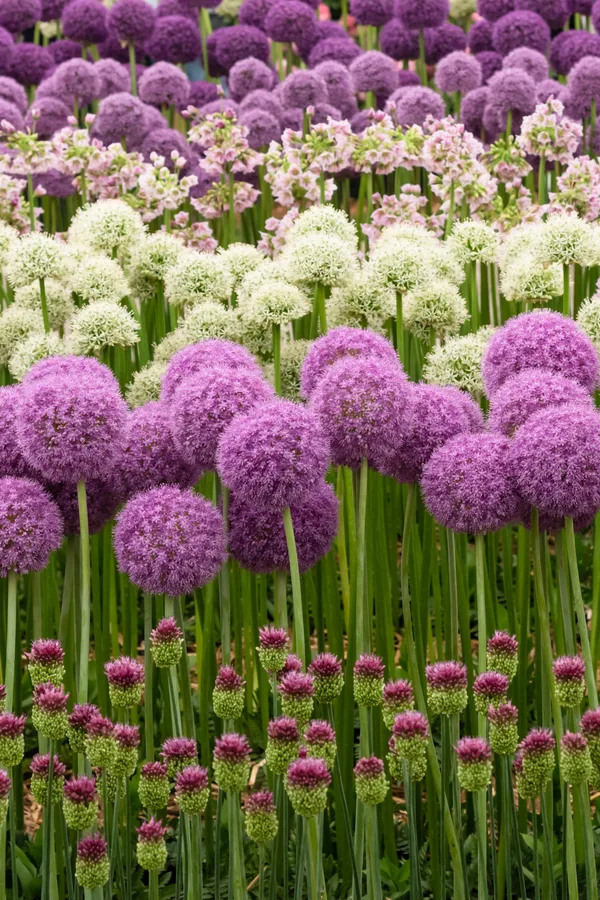
At the top of the list are allium, daffodils and hyacinth bulbs. Not only are these three choices great bulbs for spring color, you can plant at the same time in the fall. See : How To Plant Allium Bulbs This Fall
In addition, chipmunks and squirrels also tend to stay away from geraniums and marigolds. So if you happen to have them in pots, place them near your newly planted bulbs to keep them safe.
#3) Using Bulb Baskets, Cages & Hardware Cloth – How To Protect Tulip Bulbs
When it comes to the ultimate form of protecting your tulip bulbs, nothing works better than using bulb baskets, cages or hardware cloth coverings.
You can purchase cages and baskets, or make them at home from hardware cloth. They are nothing more than a wire or plastic casing around the bulbs that protect bulbs from pests. Product Link : Tulip Bulb Baskets
The tulip bulbs sprout, and then then grow through the opening in the cages or baskets. The plant grows just fine, but squirrels and chipmunks can’t get to the bulb.
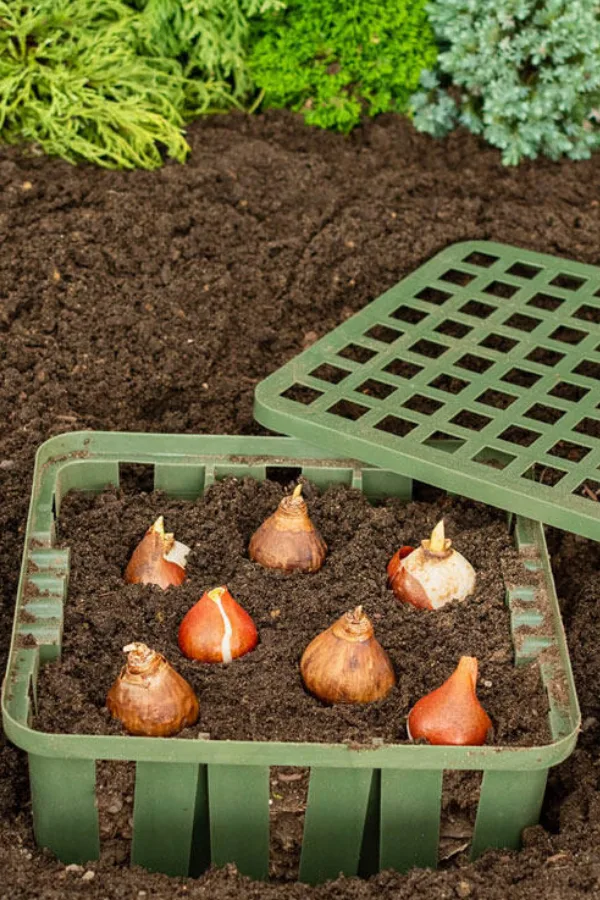
They can be a bit more cumbersome to plant and bury. But in terms of effectiveness, they are pretty much at the top of the charts. It basically makes getting at the bulbs impossible.
To create your own baskets, use stainless steel hardware cloth with 3/4″or 1″ spacing. Cut the cloth with wire cutters and bend into a cage to surround the bulb. You can make single bulb cages or make them larger to accommodate multiple bulbs.
Covering Bulbs With Hardware Cloth – How To Protect Tulip Bulbs
Another effective way to protect bulbs is to cover the bulbs with a large piece of hardware cloth. Just dig an area out, plant your bulbs, and then cover with soil on top of the hardware cloth. When the squirrels or chipmunks dig down and encounter the wire, they quickly give up.

When using this method, you do need to make sure to cover a few inches beyond the bulbs. If not, squirrels can dig from the side and get under the wire to get at the bulbs.
Here is to protecting your tulips bulbs this fall. And, to having gorgeous spring color next year!

Follow Our Facebook Page For Great Gardening Tips And Advice! This Is My Garden Facebook Page
This Is My Garden is a garden website created by gardeners, for gardeners. Jim and Mary Competti have been writing gardening, DIY and recipe articles and books and speaking for over 15 years from their 46 acre Ohio farm. They publish three articles every week, 52 weeks a year. Sign up today to follow via email, or follow along!
